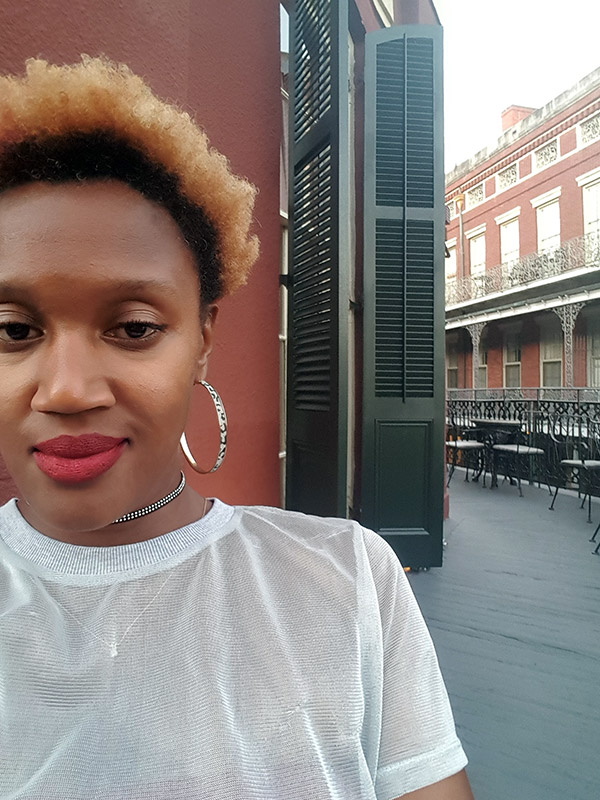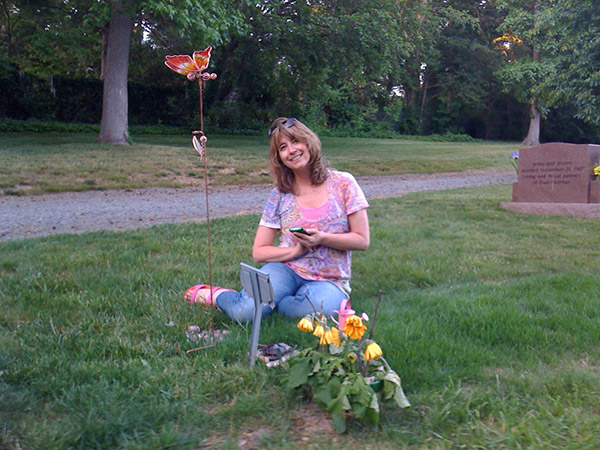Working Successfully with Pro Bono Clients
Most designers, at some point in their careers, will take on at least one pro bono client. The motivations vary. Perhaps the hope is that the pro bono client will eventually become a paying client. Or, maybe the connections made working with the pro bono client will develop into new opportunities. Sometimes the motivation is strictly altruistic. Other times, the client provides an opportunity for creative freedom not typically found in the corporate world.
No matter the incentive, I’ve found that there are a few general rules to follow to keep your pro bono clients happy, and the working relationship healthy.
Only take on a pro bono client if you can afford it. It goes without saying but, you shouldn’t give your work away for free if you’re not already running a financially successful business. Don’t forget, too, that in most cases, you should be donating your time only. If you foresee incurring additional expenses—printing costs, for example—let the client know ahead of time and charge them for it.
Believe in your client’s mission. This one should be easy but all too often I’ve seen colleagues take on pro bono clients for the wrong reasons. If your heart isn’t in it, things will get old very quickly.
Treat your pro bono clients as “real” clients. This one’s important. There can be a temptation to treat a pro bono client as a second-class client, something to attend to when things are slow with your regular lineup. A client experience is a client experience whether the client’s paying or not and word gets around quickly, especially if the experience is negative. Your reputation is just as important coming from a pro bono client as it is a paying one.
Set realistic expectations. Don’t over promise. Establish up front exactly what it is that you’re offering your pro bono client, and put it in writing. It’s also a good idea to not leave your commitment open ended. A quick meeting to assess the “state of the relationship” at six months or a year will allow you an “out” if the relationship has soured or your availability has changed.
Work efficiently. Establish a brand book and templates to limit back and forth. Set up your client for success. Give them the tools they need to do as much work as they can in-house. Unlike with your paying clients, you’re trying to keep your working hours to a minimum and those hours should be spent making the most of your creativity, not retrieving logos or acting as their go-to “computer guy.”
Working with pro bono clients can be incredibly rewarding, but it’s important to go into the relationship with working protocols, understood expectations, and a good attitude.






























































